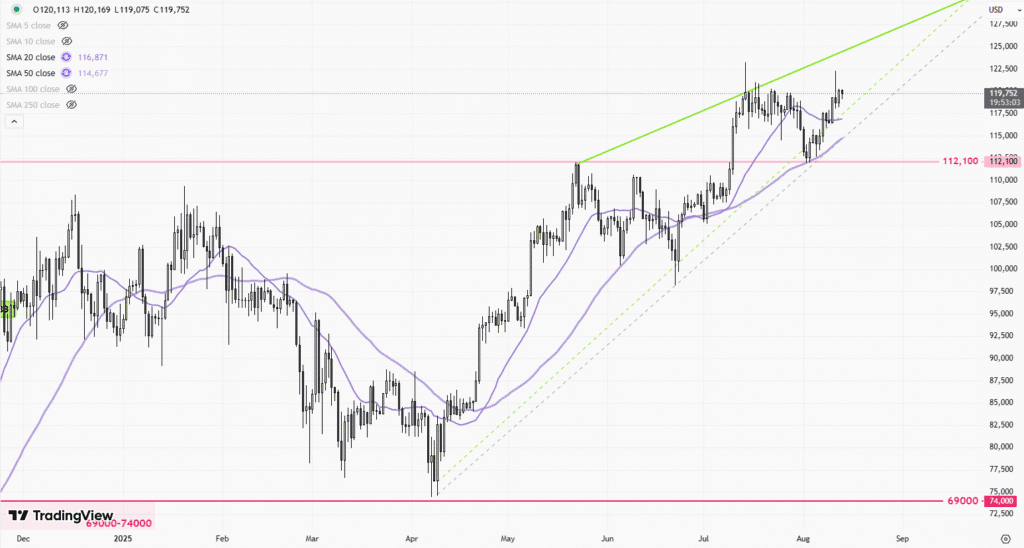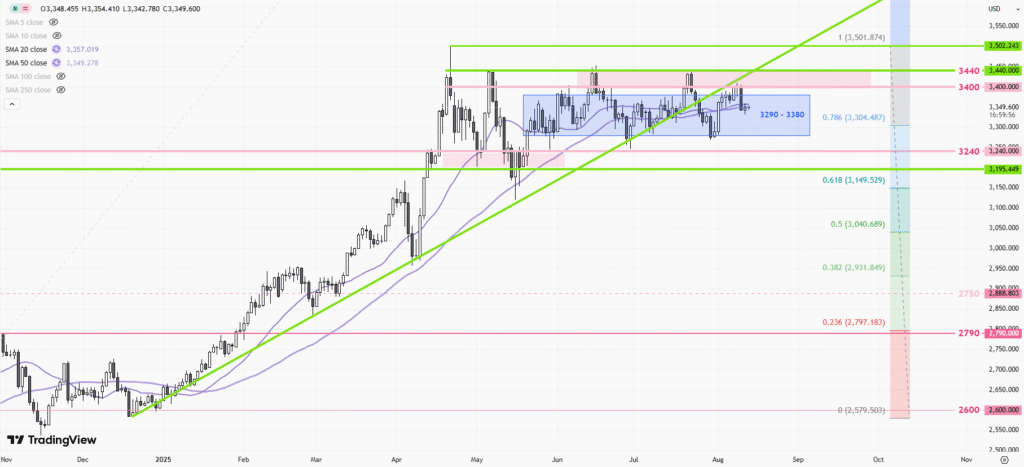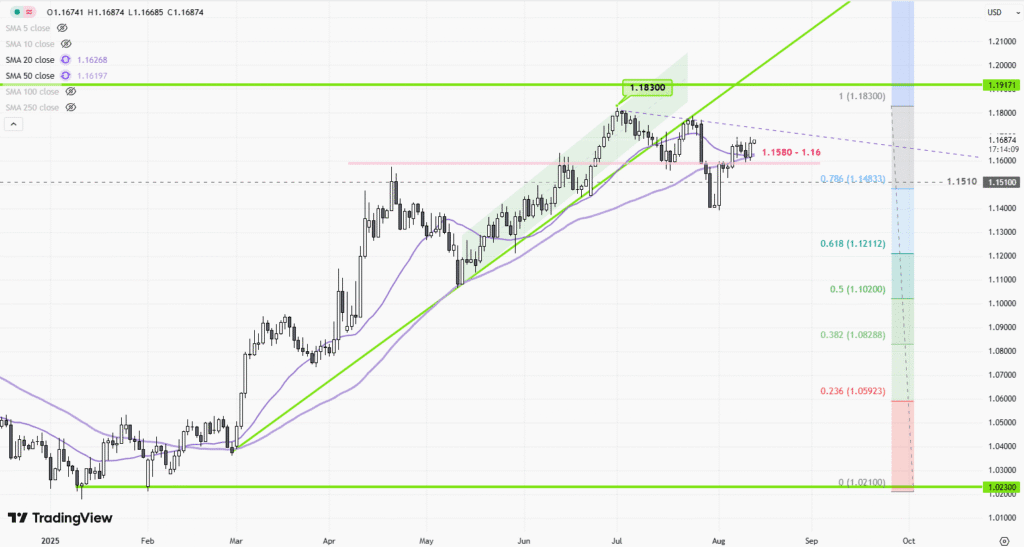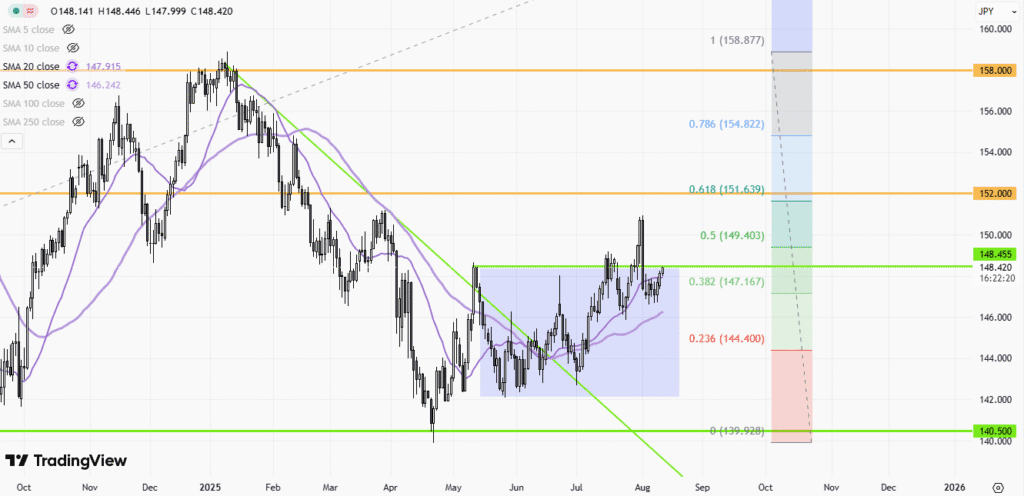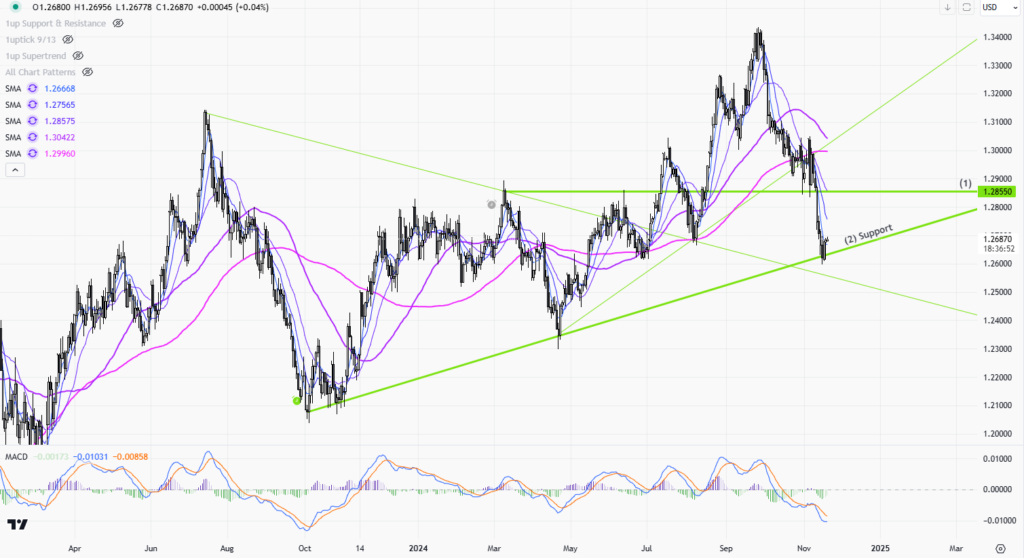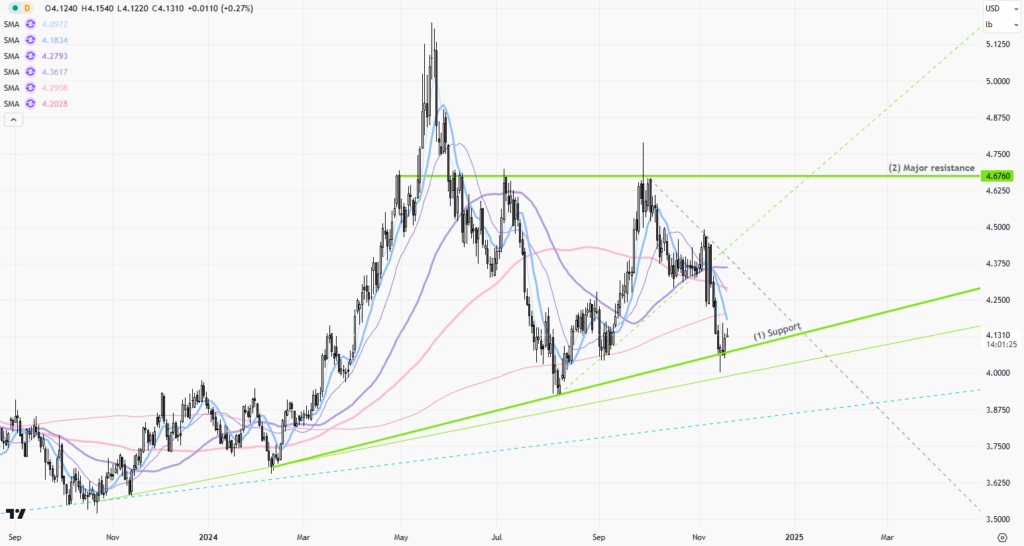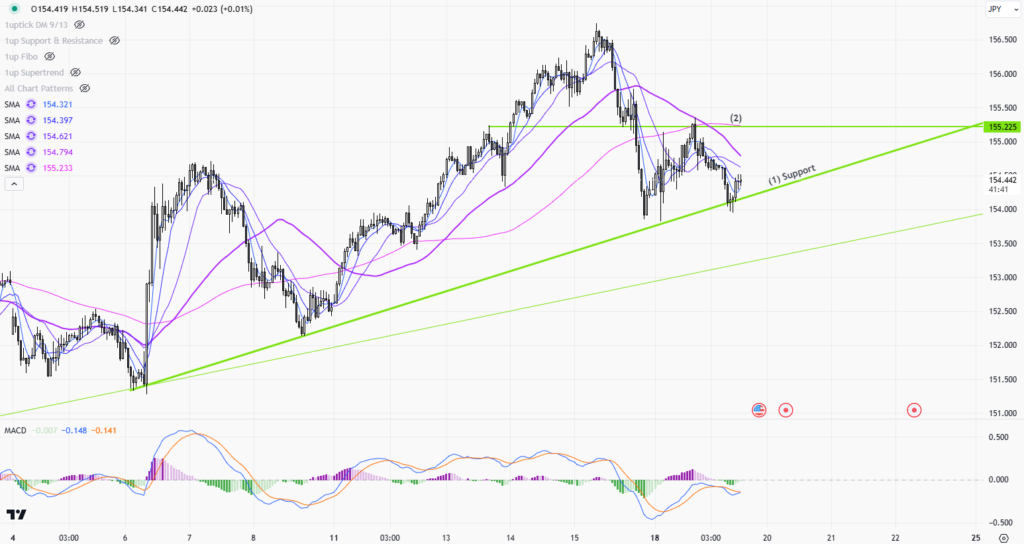 |
| Gold V.1.3.1 signal Telegram Channel (English) |

Home Depot Q2 Fiscal 2025 Earnings Preview: Revenue Growth, Pro Segment Expansion, and Market Outlook
2025-08-19 @ 04:00
Home Depot is set to take center stage this earnings season as Wall Street eagerly awaits its second-quarter fiscal 2025 results. The home improvement giant’s Q2 report is scheduled for release before the market opens, offering a crucial insight into the health of the US consumer, the housing market, and the overall retail sector. Recent trading activity has seen Home Depot shares climb above $400, though increased volatility underscores investor anxiety ahead of these pivotal numbers.
Earnings Expectations and Key Metrics
Analysts broadly expect Home Depot to deliver another quarter of sales growth, forecasting revenue in the range of $45.27 to $45.5 billion. This represents a notable year-over-year increase from the $43.17 billion posted in the same quarter a year ago. On the earnings front, consensus estimates for adjusted EPS (earnings per share) hover between $4.69 and $4.72, slightly higher than last year’s $4.67. If achieved, this would mark the retailer’s third straight quarter of US sales growth—a sign of resilience amid ongoing macroeconomic uncertainty.
The market’s attention is zeroed in on several performance indicators:
– Comparable sales are expected to rise by approximately 1.4%. This figure is closely watched as a direct measure of organic growth, stripping out the effects of new stores and acquisitions.
– Gross margin is projected to come in near 33.2%, a critical figure reflecting the company’s pricing power and cost-management skills at a time when inflation and competitive pressures persist.
– Investors will also examine management’s updated guidance, looking for clues about the rest of the fiscal year—especially guidance on sales, earnings outlook, and potential margin pressures.
What’s Driving Performance?
Home Depot’s leadership in catering to professional contractors (the “Pro” segment) stands out as a significant growth engine. The retailer recently strengthened its Pro distribution reach by acquiring GMS for $4.3 billion, a strategic transaction expected to boost earnings per share from year one. This positions Home Depot strongly against competitors like Lowe’s, especially as spending by trade professionals remains more robust than the do-it-yourself (DIY) segment.
There are, however, headwinds to navigate:
– The integration of SRS, acquired in 2024, is being closely watched, with analysts cautioning about possible margin pressures associated with the deal.
– DIY sales have shown some softness, reflecting changing consumer priorities as inflation pinches discretionary spending.
– Persistent inflation and tariff uncertainties continue to loom, threatening margins and potentially influencing demand.
Sector Performance and Peer Comparison
Home Depot’s results are expected to set the tone for the broader home improvement retail sector. Some of its peers have already reported Q2 results, offering useful benchmarks. For example:
– Floor & Decor achieved 7.1% year-over-year revenue growth, in line with analyst forecasts.
– Arhaus posted an impressive 15.7% jump in revenue, beating projections by 7.4%.
These results hint at generally favorable consumer demand for home improvement products and could bode well for Home Depot’s own numbers. Importantly, Home Depot has managed to beat Wall Street revenue expectations in three straight quarters and delivered positive earnings surprises in nine of the last ten quarters, reinforcing its reputation for operational consistency.
Market and Macro Context
Home Depot’s Q2 report comes against a backdrop of easing interest rate expectations, inflation that remains stubbornly above target, and uncertainty about future tariffs. These trends play a vital role in shaping consumer sentiment and spending capacity, especially in discretionary segments like home improvement.
Investor sentiment remains cautiously optimistic. Analyst estimates have largely held steady in the run-up to this quarter’s results, suggesting confidence in the company’s ability to navigate ongoing economic headwinds. Should Home Depot deliver on revenue and earnings, it could signal underlying strength in US consumer spending and housing—critical pillars for the broader economy.
Looking Ahead
As consumers and investors digest the upcoming results, several themes will warrant close attention:
– Will Home Depot maintain its growth streak in comparable sales and earnings?
– How will margin pressure and inflation influence profitability moving forward?
– Can the Pro segment continue to offset weaknesses in DIY demand?
– What tone will management strike regarding guidance for the remainder of the year?
Home Depot’s Q2 report is not just another quarterly update—it serves as a bellwether for consumer health and the housing market. For investors, analysts, and industry watchers, the company’s results—and its outlook—will offer valuable signals about how the home improvement sector may perform in the months ahead.


